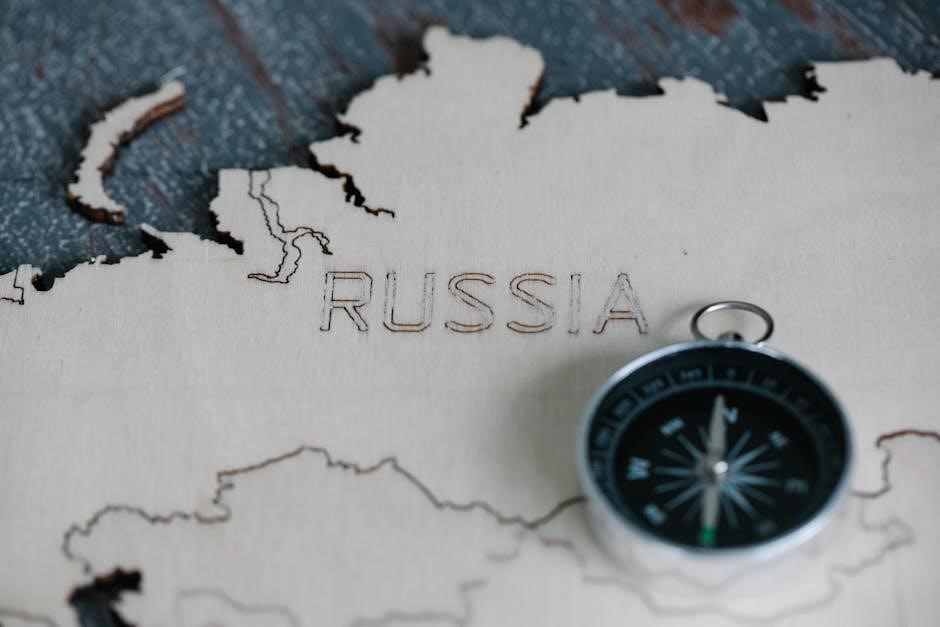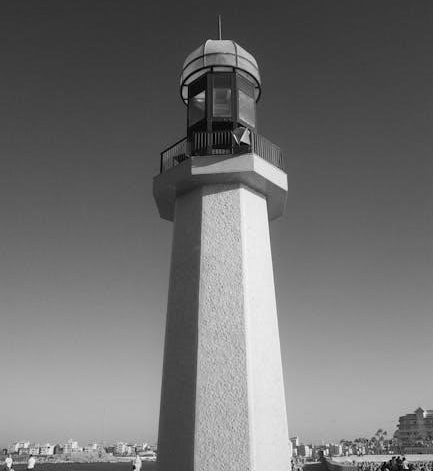Wakeboard Size Guide: Choosing the Right Board for Your Needs
Choosing the right wakeboard size depends on your weight and riding style. Ensure the board’s length supports your weight for proper buoyancy and performance in the water.
Welcome to our wakeboard size guide! Choosing the right wakeboard size is crucial for optimal performance and comfort. The size of your wakeboard depends on factors like your weight and riding style. A board that is too small may not float properly, while one that is too large can be difficult to maneuver. This guide will help you understand how to select the perfect wakeboard based on your needs, ensuring a fun and successful experience on the water. Always consult manufacturer-specific charts for accurate sizing.

Key Factors in Determining Wakeboard Size
Wakeboard size is primarily determined by rider weight and riding style. Weight ensures proper buoyancy, while style influences board length and width for optimal performance.
2.1 Weight and Wakeboard Length
Your weight is a crucial factor in selecting a wakeboard length. A board that’s too short may not float properly, while one that’s too long can be difficult to maneuver. Generally, lighter riders require shorter boards, while heavier riders need longer ones to maintain stability and control. Referencing a weight-to-length chart ensures the board supports your weight effectively, providing optimal performance and comfort on the water.
2.2 Riding Style and Its Impact on Size
Your riding style significantly influences the ideal wakeboard size. Freestyle riders often prefer shorter boards for easier tricks and agility, while those focused on speed and stability opt for longer boards. Cable wakeboarding may require a slightly shorter board compared to boat wakeboarding, where longer boards provide better floatation and control at higher speeds. Always consult manufacturer-specific charts to match your style with the right size for optimal performance and comfort.

Wakeboard Size Charts
Wakeboard size charts categorize boards by weight and riding style, ensuring optimal performance. Use general or manufacturer-specific guides to find the perfect fit for your needs.
3.1 General Wakeboard Size Chart
A general wakeboard size chart provides a starting point, linking rider weight to board length. For example, riders under 100 lbs (45 kg) typically use boards under 130 cm, while those between 130-180 lbs (59-82 kg) opt for 138-142 cm boards. These charts are a useful reference but may vary by manufacturer and riding style, emphasizing the importance of checking specific model recommendations for accuracy.
3.2 Manufacturer-Specific Size Charts
Manufacturer-specific size charts provide precise guidance tailored to individual wakeboard models. Brands like Slingshot and Hyperlite offer detailed charts, often differing from general guidelines. For instance, Slingshot’s Salmon 2025 model has specific length recommendations based on rider weight, ensuring optimal performance. These charts consider unique board features, making them indispensable for accurate sizing. Always consult the manufacturer’s recommendations before purchasing to ensure the best fit and performance for your riding style and weight.

How Weight Affects Wakeboard Size
Your weight determines the wakeboard’s buoyancy and performance. Proper weight distribution ensures the board floats correctly, while incorrect sizing can hinder control and responsiveness in the water.
4.1 Proper Weight Distribution
Proper weight distribution ensures optimal performance and control. A wakeboard that matches your weight supports even pressure distribution, allowing smooth turns and tricks. If the board is too small, it may sink, reducing speed and stability. Conversely, a board that’s too long for your weight can be difficult to maneuver. Always reference the manufacturer’s size chart to find the ideal length for your weight, ensuring a balanced and enjoyable ride.
4.2 Consequences of Incorrect Weight-to-Length Ratio
An incorrect weight-to-length ratio can significantly impact performance and safety. A wakeboard too small for your weight may lack buoyancy, making it harder to stay afloat and control. Conversely, a board too long for your weight can be unwieldy, reducing agility and responsiveness. Poor fit leads to inefficient riding, increased fatigue, and heightened risk of losing balance. Always ensure your wakeboard size aligns with your weight to maintain optimal performance, control, and safety on the water.

Role of Riding Style in Wakeboard Sizing
Your riding style influences the ideal wakeboard size. Aggressive riders may prefer shorter boards for tricks, while cruisers might opt for longer boards for stability and speed.
5.1 Wakeboard Length for Different Riding Styles
Wakeboard length varies based on riding style. Freestyle riders benefit from shorter boards (130-135cm) for quick turns and tricks. Cruiser or intermediate riders prefer medium-length boards (135-140cm) for balanced stability. Advanced or big-air riders opt for longer boards (140-145cm) to maximize speed and pop, ensuring better control during high-impact maneuvers. Always consider your style and preferences to choose the optimal board length for enhanced performance and comfort on the water.
5.2 Width Considerations for Various Techniques
Wakeboard width plays a crucial role in stability, maneuverability, and technique execution. Narrower boards (less than 43cm) are ideal for advanced riders seeking quick edge-to-edge transitions and sharp turns. Wider boards (over 44cm) provide greater stability, making them suitable for beginners or those focused on cruising. Riders prioritizing pop and big-air tricks often prefer wider boards for added lift. Always match your board’s width to your riding technique for optimal performance and comfort on the water, ensuring a smooth and responsive experience.
Manufacturer Recommendations
Manufacturers provide specific size charts tailored to their models. Always check the brand’s guide for accurate sizing, as recommendations vary between models and brands.
6.1 Importance of Checking Specific Model Size Guides
Each wakeboard model has unique size recommendations. Checking the specific guide ensures proper fit and performance. Different brands tailor their boards to suit various riding styles and weight ranges. Using a generic chart might lead to incorrect sizing. Always refer to the manufacturer’s chart for your chosen model to maximize comfort and control on the water. This step is crucial for optimal performance and safety during wakeboarding activities.
6.2 Examples of Manufacturer Size Charts
Manufacturers like Slingshot and Hyperlite provide detailed size charts. For example, Slingshot’s Salmon 2025 chart shows specific weight-to-length ratios, while Hyperlite offers model-specific sizing. These charts often list weight ranges in lbs or kg and corresponding board lengths in cm. Checking these examples helps riders match their weight and style to the ideal board size, ensuring optimal performance and comfort. Always consult the manufacturer’s chart for your chosen model to make an informed decision.

Wakeboard Boots and Binding Size Guide
Wakeboard boots come in closed-toe and open-toe styles. Proper fit enhances performance and comfort. Closed-toe boots offer size-specific fits, while open-toe may suit universal sizing needs better.
7.1 Boot Fit and Its Impact on Performance
A proper boot fit is essential for wakeboarding performance, comfort, and control. Boots that are too tight can cause discomfort, while loose boots may reduce precision. Ensure a snug, secure fit to maintain responsiveness and prevent foot movement during tricks. Closed-toe boots offer precise sizing, while open-toe designs cater to universal sizing needs. Correct boot fit enhances overall riding stability and ensures optimal energy transfer for better execution of maneuvers on the water.
7.2 Sizing for Closed-Toe vs. Open-Toe Boots
Closed-toe boots offer precise sizing, fitting your foot snugly for enhanced control and support. Open-toe boots, designed for multiple sizes, are more versatile but may lack the exact fit of closed-toe styles. Closed-toe boots are ideal for advanced riders needing responsiveness, while open-toe boots suit casual riders or those sharing equipment. Proper sizing ensures maximum performance, whether choosing closed-toe for precision or open-toe for adaptability.

Additional Considerations
Other factors like riding frequency, water conditions, and personal preference also play a role in selecting the ideal wakeboard size for optimal performance and comfort.
8.1 Adjusting Size for Cable vs. Boat Wakeboarding
Wakeboard size varies between cable and boat wakeboarding due to differences in speed and water resistance. Cable wakeboarding often requires shorter boards for maneuverability, while boat wakeboarding benefits from slightly longer boards for stability at higher speeds. Riders should consider their primary riding environment to adjust their board size accordingly, ensuring optimal performance in their preferred setting. This adjustment ensures better control and enhances the overall riding experience, whether behind a boat or at a cable park.
8.2 Using Online Size Calculators
Online size calculators simplify finding the perfect wakeboard by considering your weight, riding style, and preferences. These tools analyze data to recommend ideal board lengths, ensuring proper fit and performance. They often provide tailored suggestions, saving time and effort. While convenient, always cross-reference results with manufacturer-specific charts for accuracy, as sizing may vary slightly between brands. Utilizing these calculators is a great starting point for narrowing down your options and making an informed decision.




